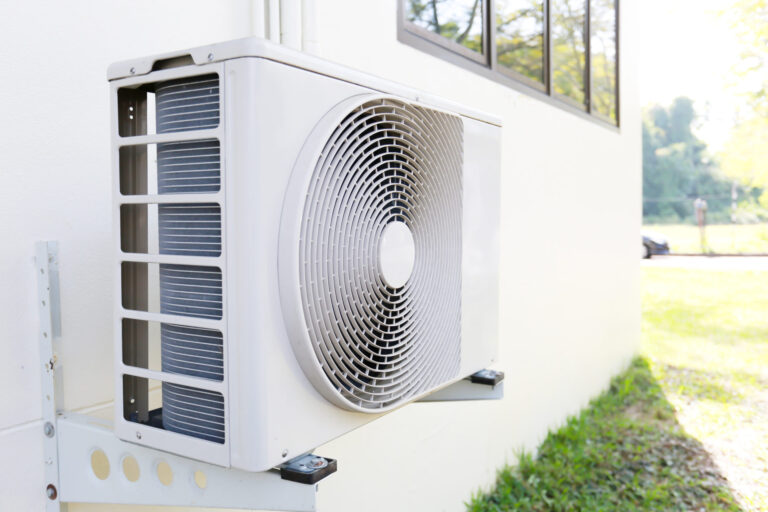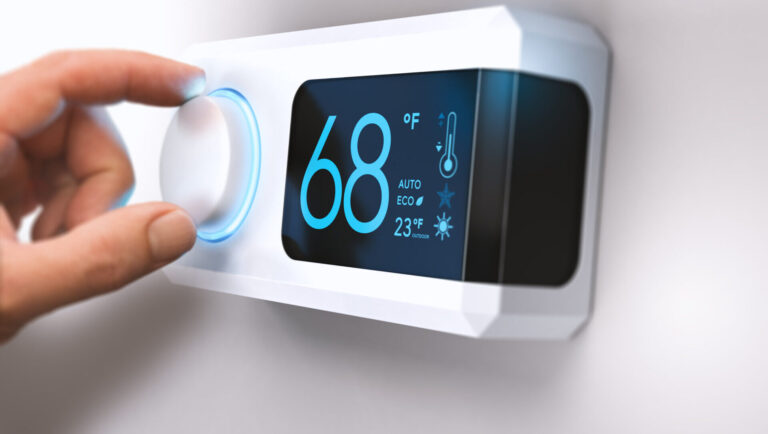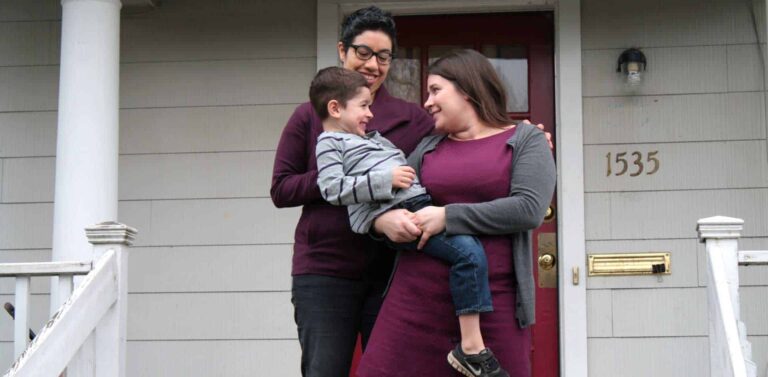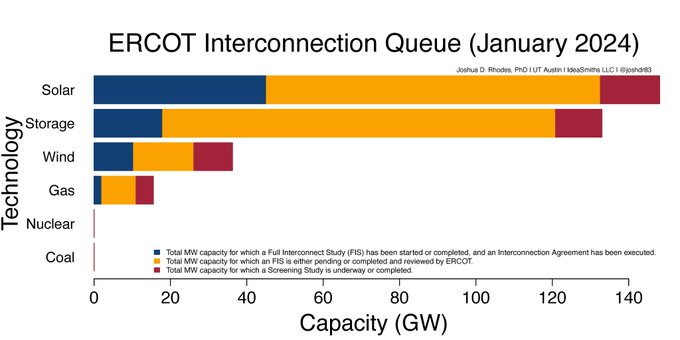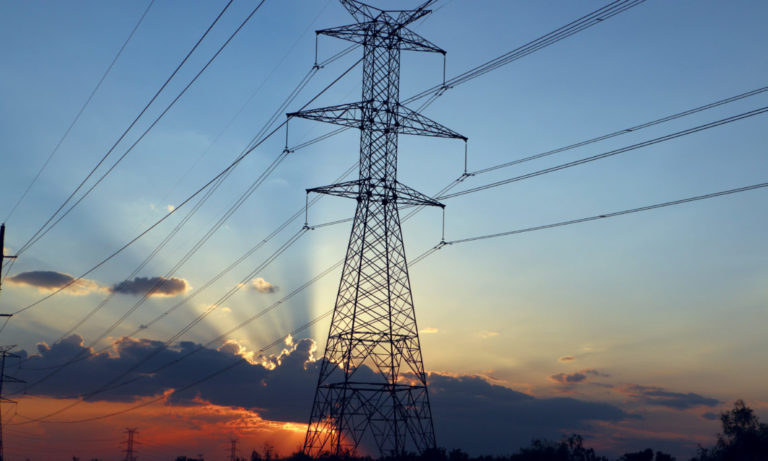August 31, 2022
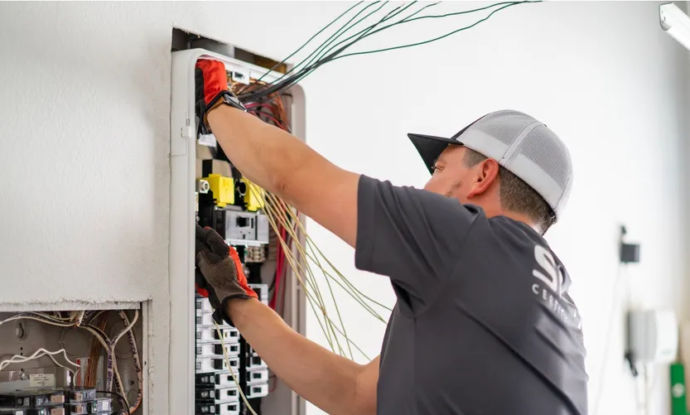
By Richard Smith, master electrician, Pecan Street
Solar panels, electric vehicles and smart grid technology get all the clean energy love. But it’s electricians who will determine whether we turn the tide on climate change. That’s because nearly every consumer-facing piece of the clean energy puzzle requires an electrician. And we need a lot more of them.
Want to charge your new EV at home? Want to replace your gas stove with an induction cooktop? Or your gas water heater with an electric model? Or your gas furnace with a high-efficiency heat pump? All of these new technologies and products are critical in reducing climate emissions. But deploying any of them is a bit more complicated than just buying a new TV or a more efficient refrigerator. You’ll need an electrician.
Booming Demand – Before the IRA
Even before the Inflation Reduction Act made headlines, more and more Americans have been upgrading their homes’ electricity service to take advantage of cleaner, more efficient products like heat pumps and EVs. Injecting billions in tax credits, rebates and other incentives from the IRA into the economy will add fuel to an existing boom.
Millions of American car buyers are expected to transition to EVs in the next 10 years. An overwhelming majority of them will want a Level 2 charger in their garages, which will require new wiring for most homeowners.
The IRA includes funding to incentivize residents to upgrade their HVAC systems to efficient heat pumps.
When you add these and other new electric technologies together, many homeowners will have to upgrade their circuit panels – especially if they’re replacing gas appliances with electric ones. Research done by my colleagues at Pecan Street estimates that millions of homes in the United States will need new circuit panels to go all-electric and add an EV. We were thrilled to see the IRA includes incentives for this expense, as well.
If you’re an electrician, all of this is excellent news. If you’re exploring career possibilities, I can guarantee you’ll have a hard time finding a job in America with more built-in demand.
Before the IRA, the U.S. Bureau of Labor Statistics estimated electrician jobs would grow 9% a year through 2030. That’s 66,000 new jobs, and it doesn’t consider the pending new customer demand. Because electricians can’t be created overnight, local, state and federal leaders should be thinking about ways to incentivize the profession, not just its services. Signing bonuses, tax credits for new positions, and tuition reimbursement for training programs would help these critical small businesses ramp up.
Paid, On-The-Job Training
As with most tradespeople, electricians follow a training path before they can be fully licensed and unrestricted. Apprentices work under the supervision of a master or journeyman electrician for two years before taking a residential wireman’s exam. They can take a journeyman’s exam after four years and a master’s exam after 6.
That’s a lot of training, but it can be paid on-the-job training, and it sets electricians up for a career’s worth of jobs. Someone who starts a job now could be halfway through an apprenticeship before IRA money starts flowing to local communities.
Providing incentives to existing companies to bring on more apprentices would be money well spent.
Community Colleges and Trade Schools
Institutions like community colleges and technical trade schools can play a critical role in meeting this demand, too. Because community colleges are focused not just on education, but also training, workforce development and local economic challenges, expanding electrician curricula can help students, customers, electrician companies and the broader local economy. In most cases, these students pay for their training. Offering schools or students tuition reimbursement would not only attract more students quickly, it would be among the best “financial aid” investments local, state or federal leaders could make.
Parents and Teachers
Parents of teens and young adults who don’t plan to go to college should encourage their kids to consider a career as an electrician. Teachers, too.
For generations, trades have gotten a bad rap, but it’s provided a great career path for me. Today, it’s one of the quickest ways for young people to jump into the “new energy economy” and make a difference now – before their college-bound friends even graduate.
We’ve heard for years that “we all have a role to play” in creating a cleaner economy. As the electrification trend ramps up, we’re about to see just how critical electricians will be.










